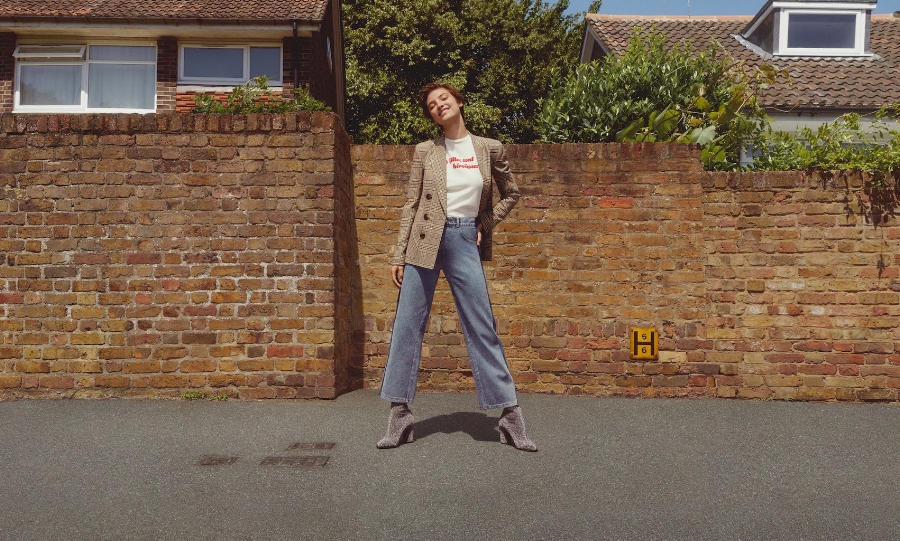
image: Amazon
As of 2016, Amazon was already the largest clothing seller online, and swiftly slated to overtake most of its brick-and-mortar rivals in fashion sales, as well. For the most part, that clothing consisted of products coming from third party brands; until recently. Amazon is taking on the likes of Spanish fast fashion giant Zara – the biggest fashion retailer in the world – with the launch of “Find.” its in-house label, which consists of a 500-piece womenswear collection and 200 additional menswear styles.
Amazon is joining the likes of Walmart, Target and other big retailers, which as busy building out their own in-house apparel collections in order to woo consumers, whose loyalty to established brands, whether it be Gap or Lululemon, has diminished significantly in recent years.
As noted by the Associated Press, “Store-brand apparel is nothing new. The Sears, Roebuck & Co. catalog first offered clothing in 1894, and Walmart’s Faded Glory house brand began life in 1972 as a department store label. But for years, private-label apparel was dull and dowdy, no match for branded threads. That started to change in 1990 when British supermarket chain Asda Stores asked fashion designer George Davies to create an exclusive clothing line” for its stores. No shortage of retailers swiftly followed suit.
Coupled with decreasing brand loyalty, particularly amongst millennials – who are less dependent on brand names as older generations, and are more open to mixing high-end and low-end products within their wardrobes – brands and retailers, alike, have been forced to restructure their business models from the ground up.
Still yet, brands have been forced to reckon with the fact that shopping, itself, has changed drastically over the past decade or so, in particular. Not only have consumers abandoned the mall for brands’ e-commerce websites, the way that actually discovering products online has changed. Instead of seeking out a specific brand’s wares, “Apparel shopping these days often begins with an online search, and research from consultants Bain & Co. finds that a surprising number of those queries don’t mention a brand at all – consumers just enter ‘yoga pants’ and see what comes up,” per the AP.
The big outlier in this new method is buzzy luxury brands. After analyzing a year’s worth of fashion search and sales data, e-commerce giant Lyst found that four out of the five top selling products of 2017 were Gucci, and shoppers searched for “Gucci last” in 2017 than than they searched for the generic terms , like “shoes” and “dresses.”
The rise in generic search terms, which despite Gucci’s popularity does represent a significant portion of searches, is where Amazon stands to win big. “Searching for generic product categories on Amazon turns up plenty of private-label options,” notes the AP. A recent search of the giant’s site revealed that more than one-quarter of first-page Amazon search results in generic categories, such as women’s leggings, were products from Amazon’s growing arsenal of upwards of 40 private labels.







